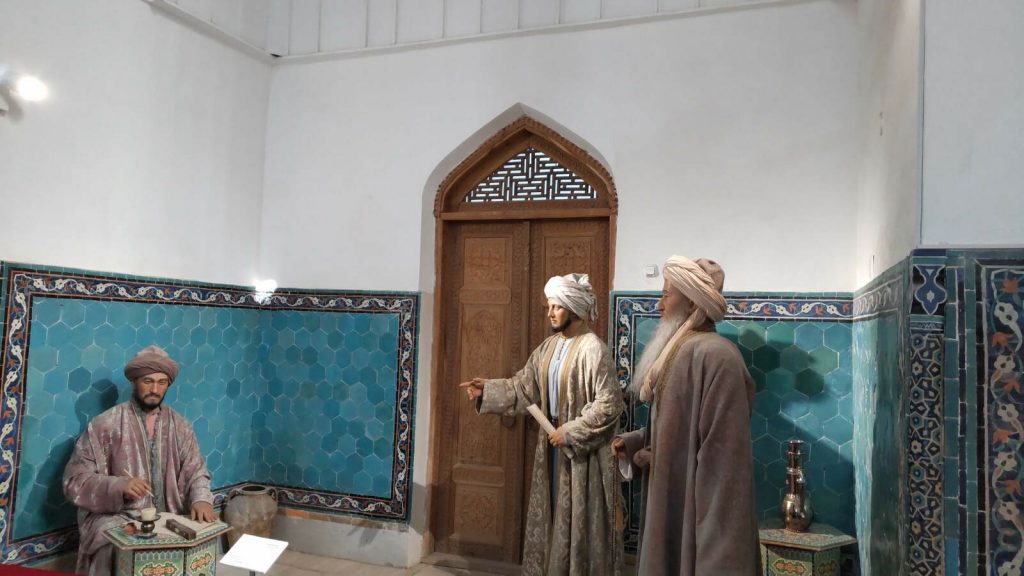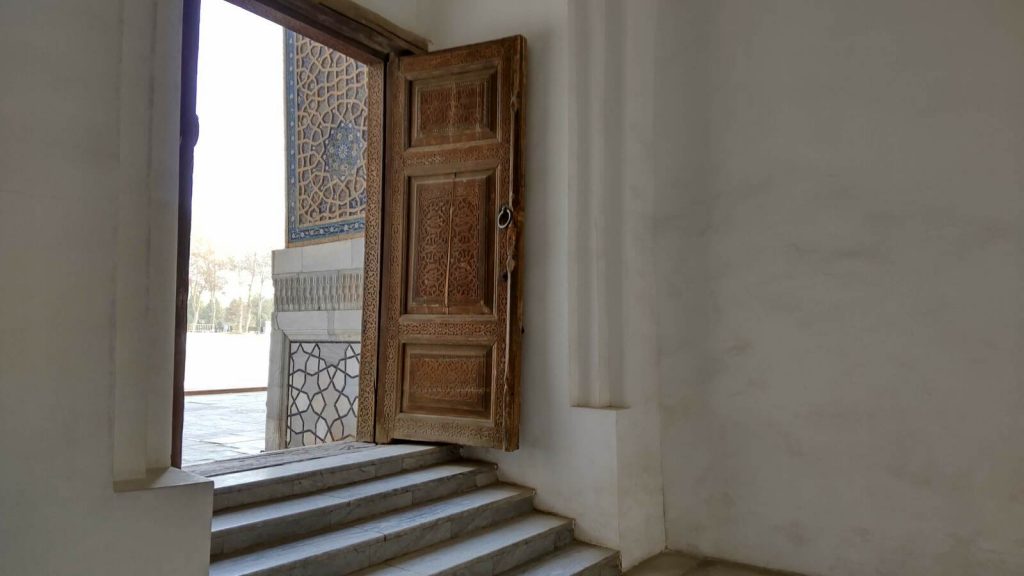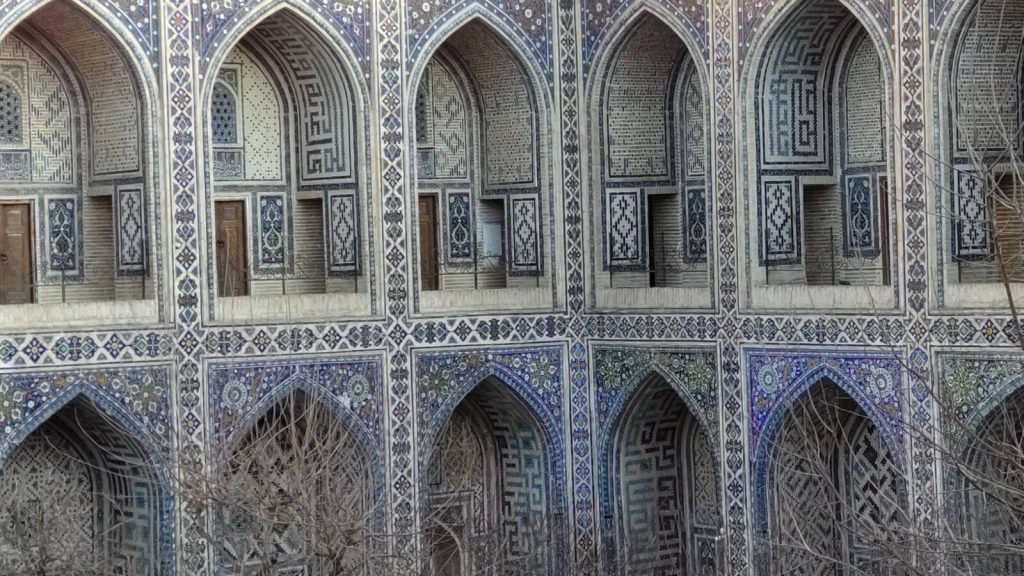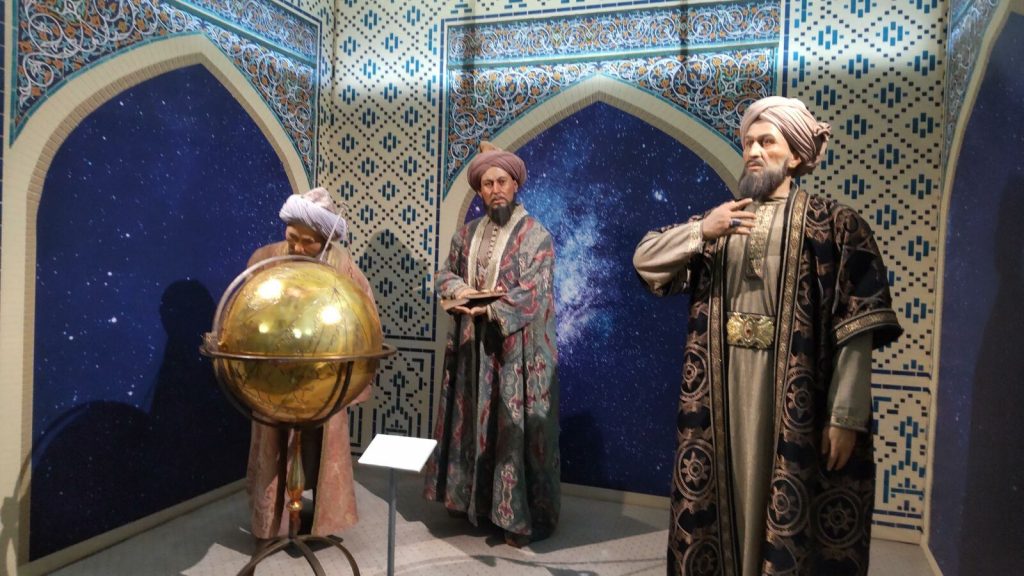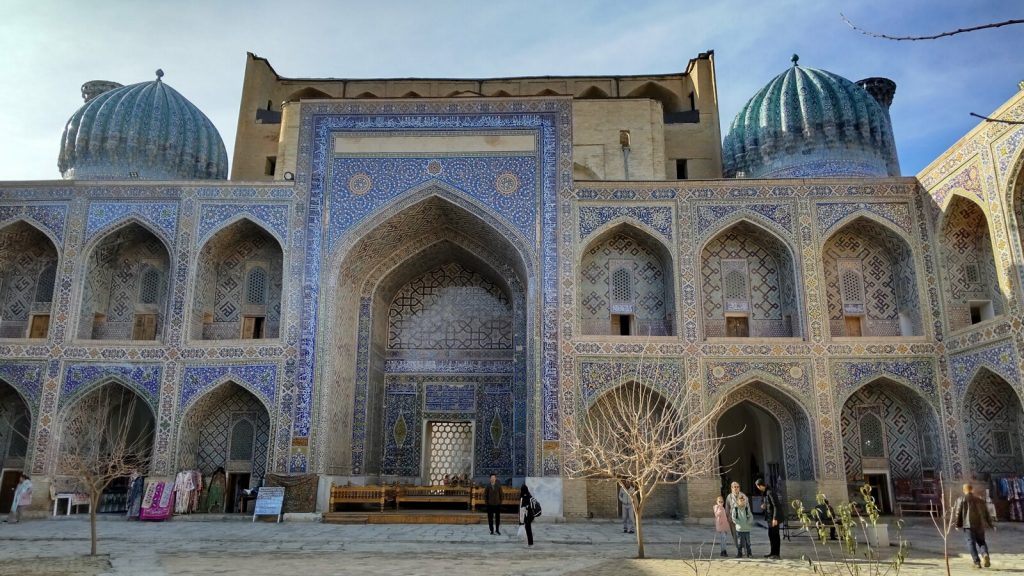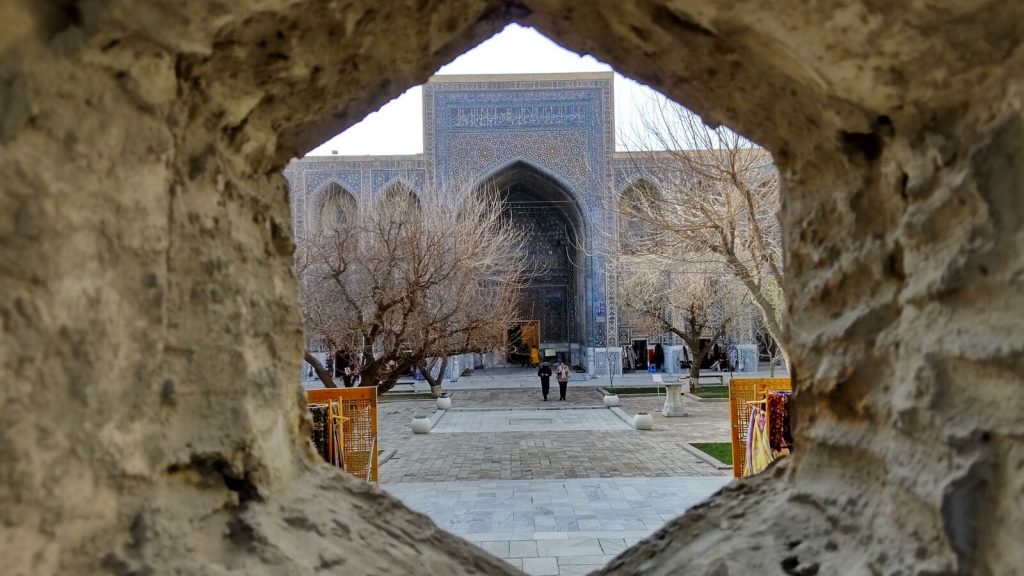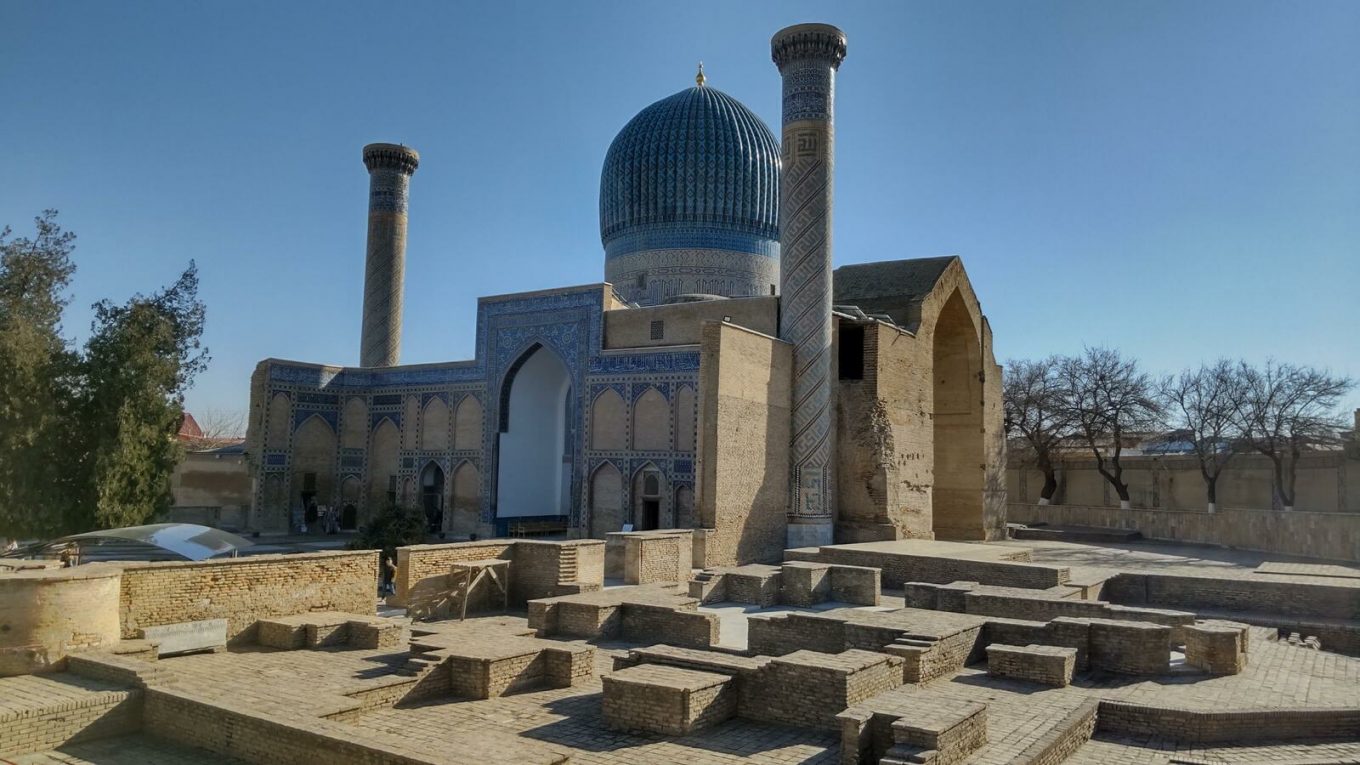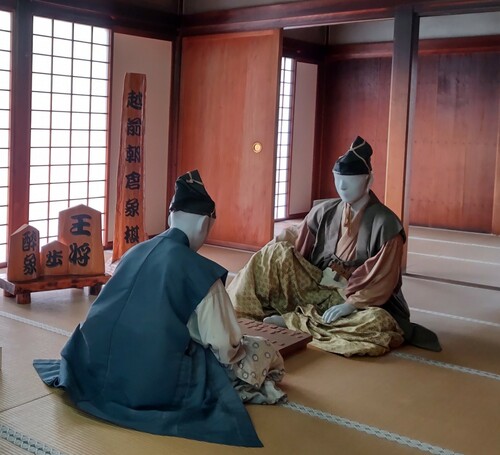Uzebekistan, part 1
Uzbekistan is a place I had never really imagined visiting. I knew little about the place, aside from some basic geographical and historical details. It was on the famous Silk Road, a network of trade routes connecting China with the West from Late antiquity, to the beginning of the modern era. Not only commodities traveled this route, ideas and cultural forms also did — Buddhism came from South Asia to China, Korea and Japan along this route beginning almost two thousand years ago, later Islam spread from West Asia through this region as well. In addition, what is now Uzbekistan was home to important scientists and mathematicians — the word algorithm comes from the name of one Persian mathematician who lived there, as does the word algebra. The height of Uzbek culture was reached during the Timurid empire which dominated Central Asia and stretched from China and India into Europe as a result of the conquests of Amur Timur and his successors starting some 600 years ago. Since then it has been ruled by a variety of other imperial powers, most recently the Soviet Union. Since it gained independence some thirty years ago it has slowly begun to open up to the rest of the world, though it remains an authoritarian country, ruled by an elite with its roots in the old Soviet system.
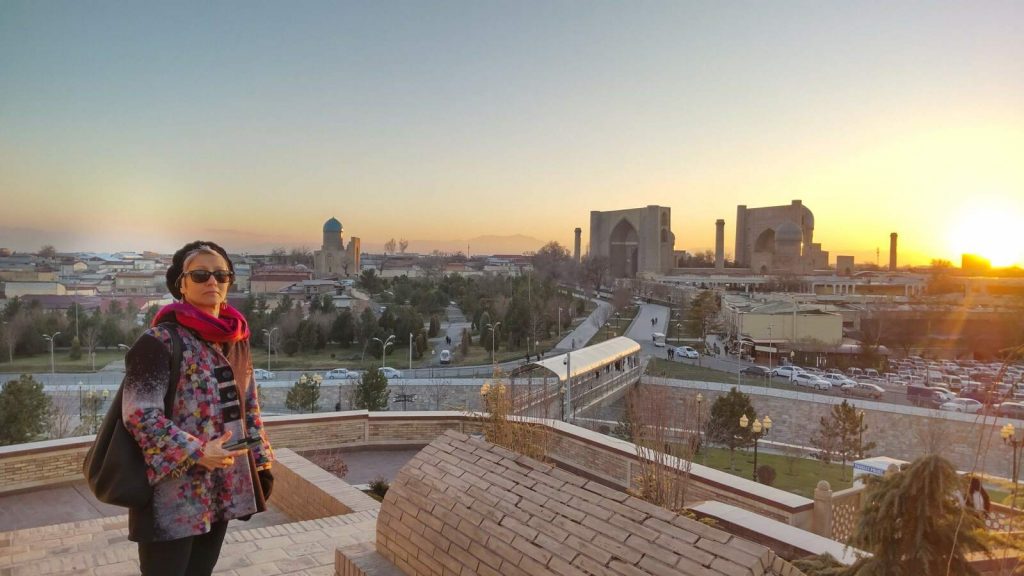
In any case, since Roxi accepted a job teaching there, I recently had the chance to visit. It was an amazing place! The people we met were friendly, and because it has been at the crossroads of empires for a couple of thousand years, many people speak several languages. Most people speak both Uzbek and Russian, but many also speak English, Tajik, Turkish, and in tourist areas I found Japanese speakers as well.
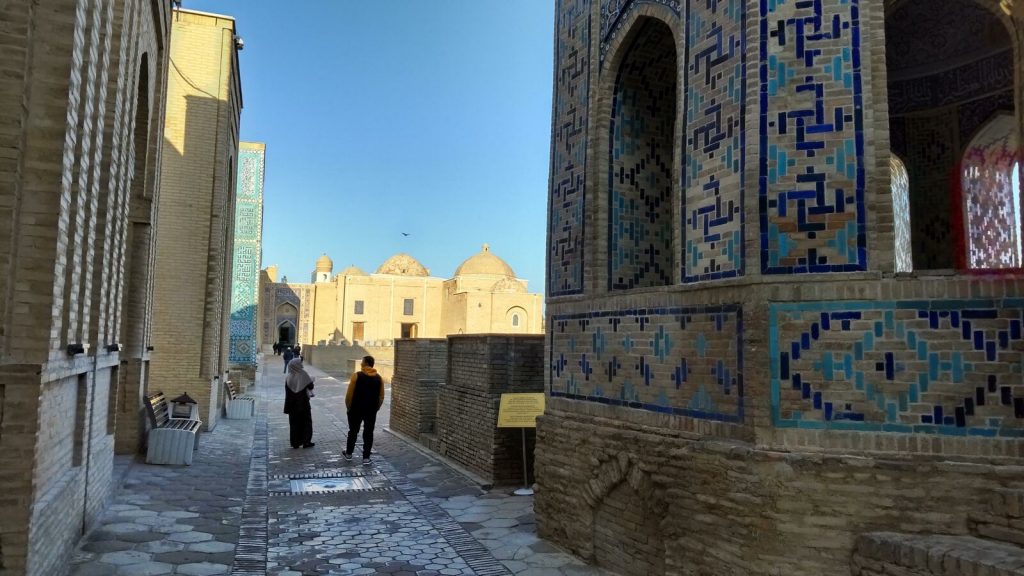
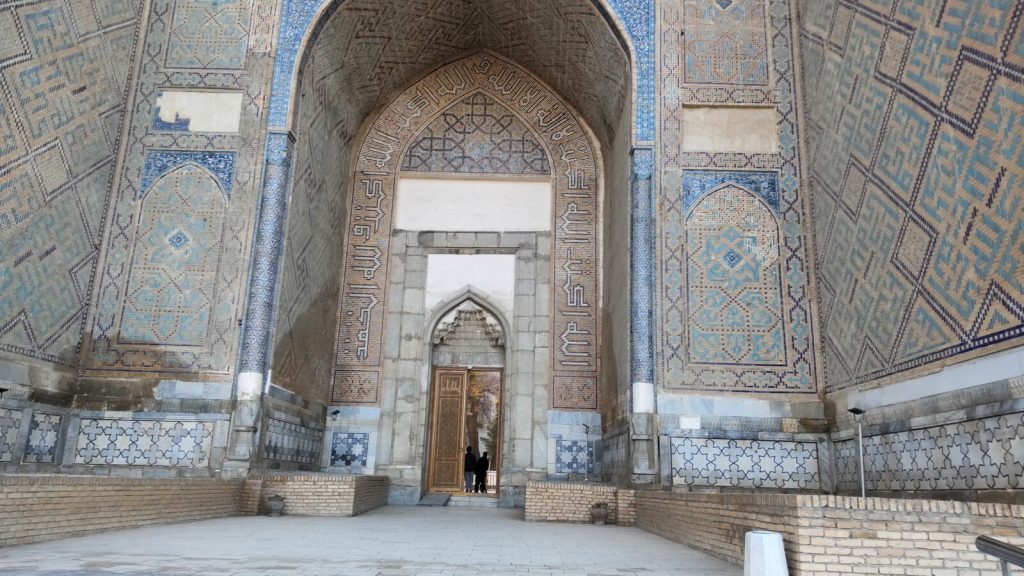
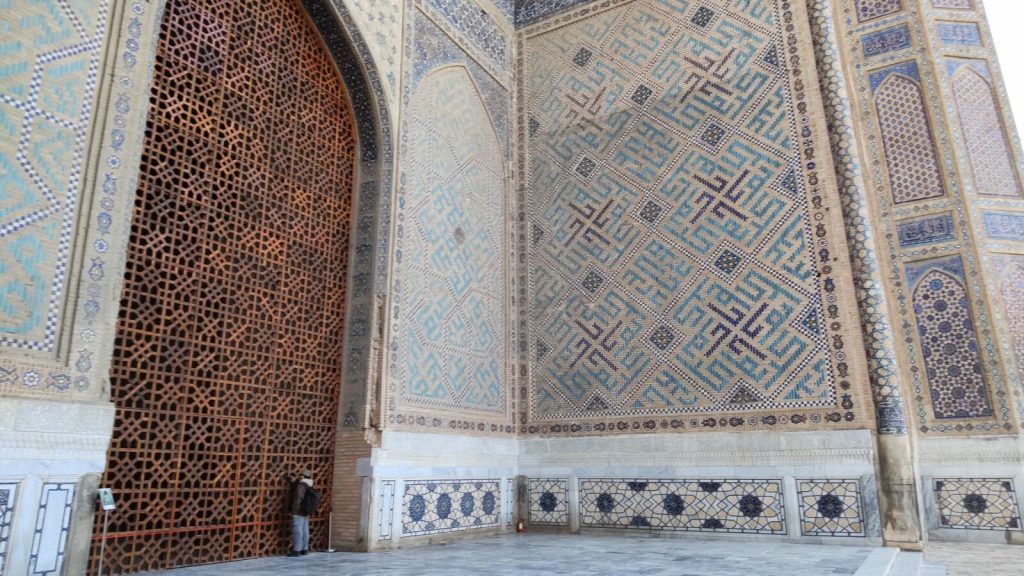
I arrived in Tashkent on Christmas Eve and was quite surprised to hear Christmas music everywhere. Modern Uzbekistan is much like the rest of the world, a consumer culture dominated by Western brands and Western style shopping malls. There were new building projects everywhere.
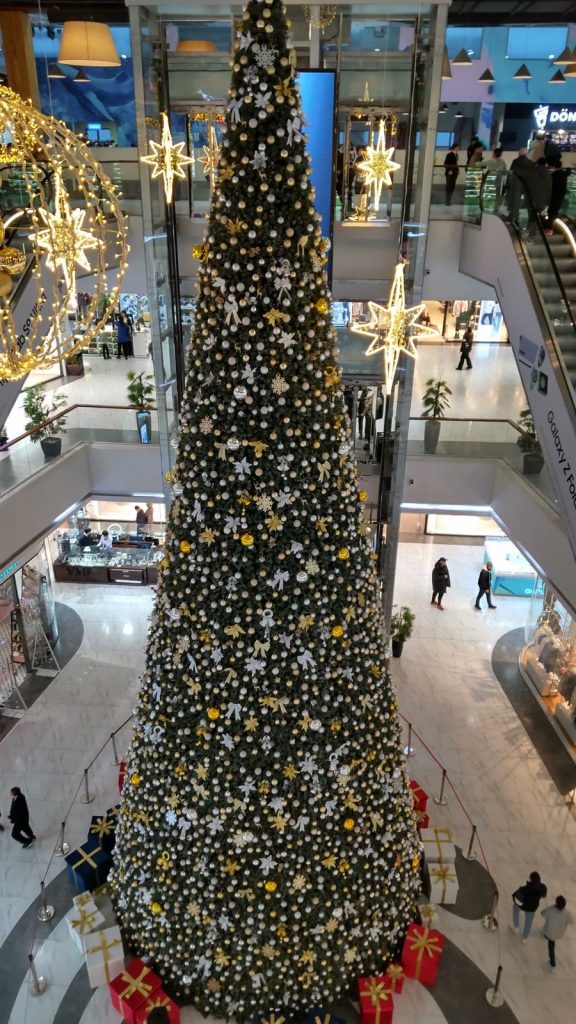
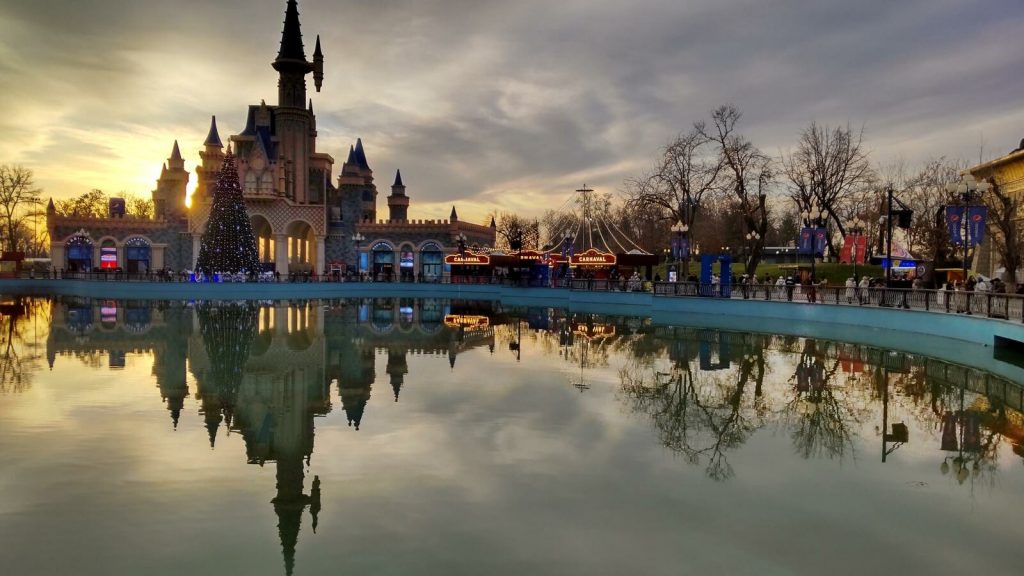
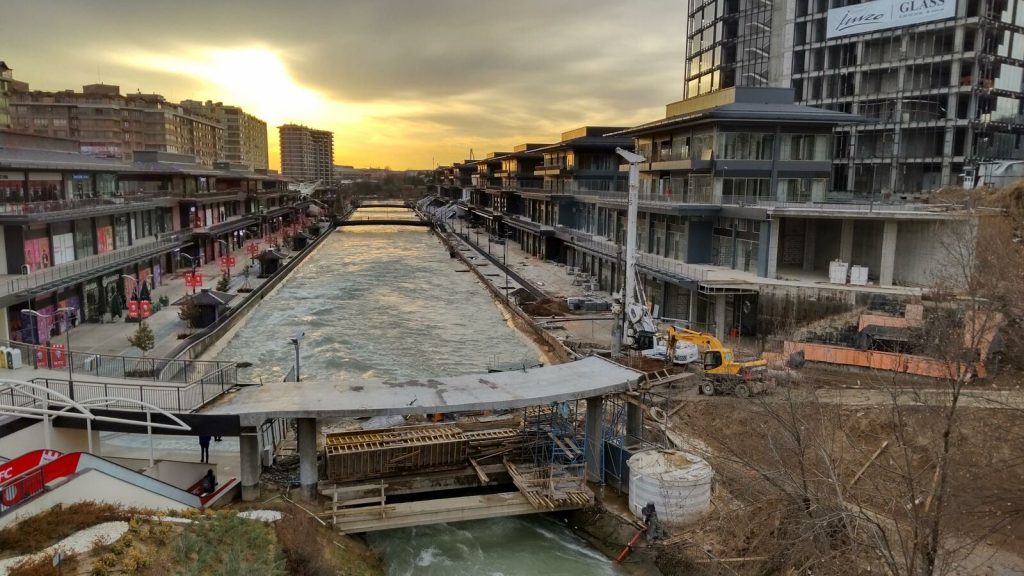
After a few days in Tashkent we took the train to Samarkand. The trip took us past endless semi-arid plains and many small farming villages. There were many fruit orchards and vegetable fields, as well as cotton fields and rangeland with cattle and sheep herds scrounging for grass in a dry and barren looking landscape.
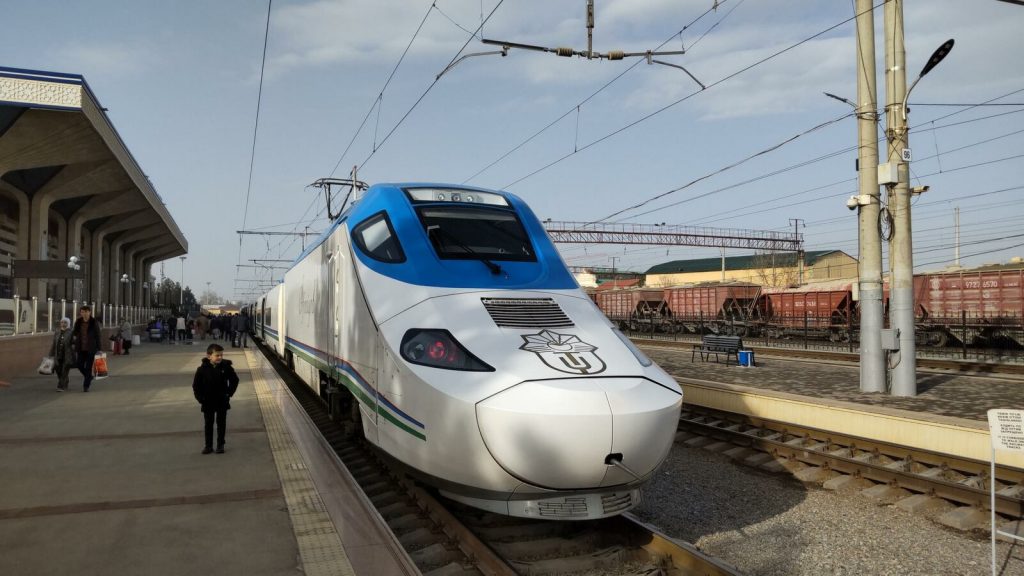
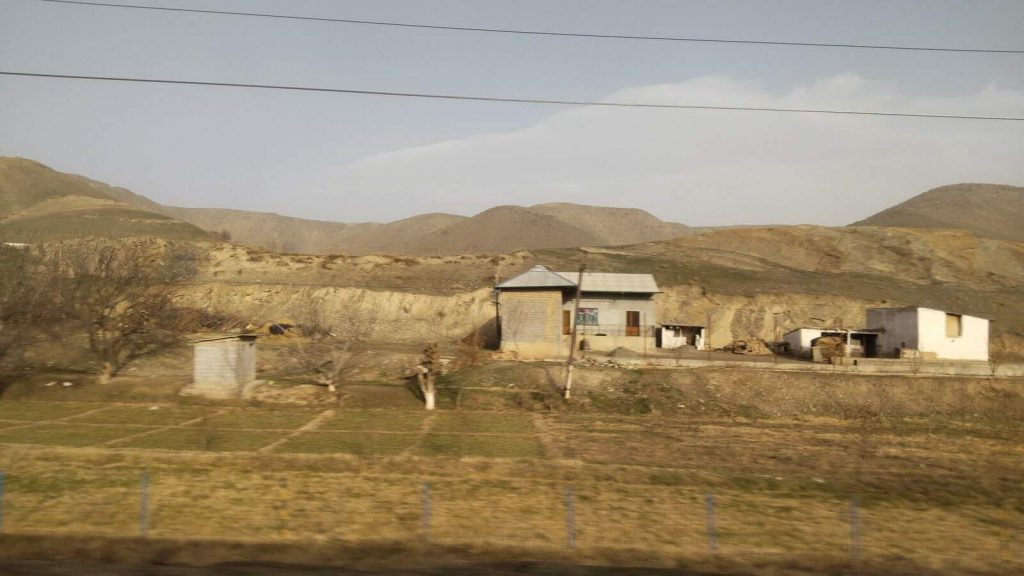
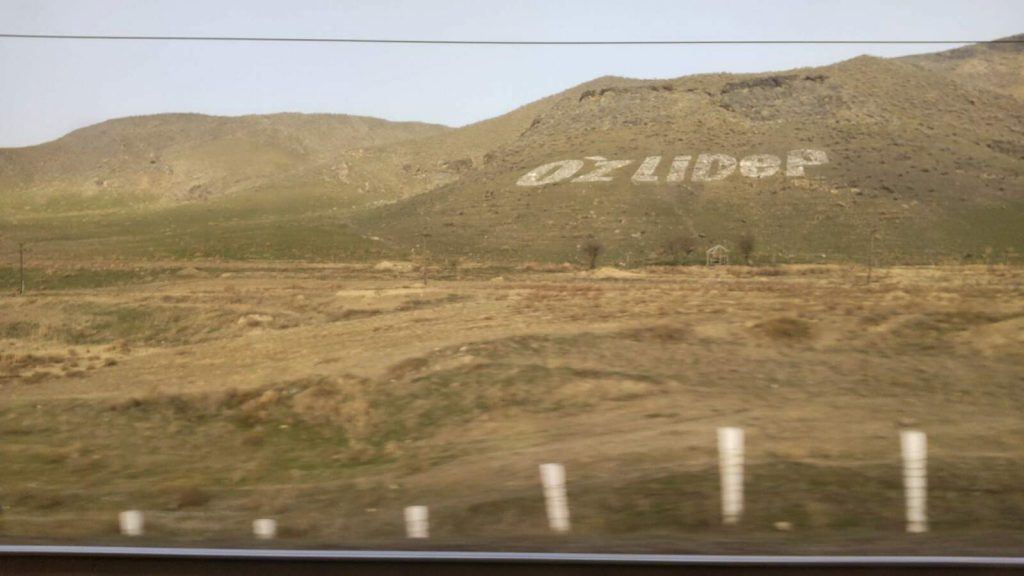
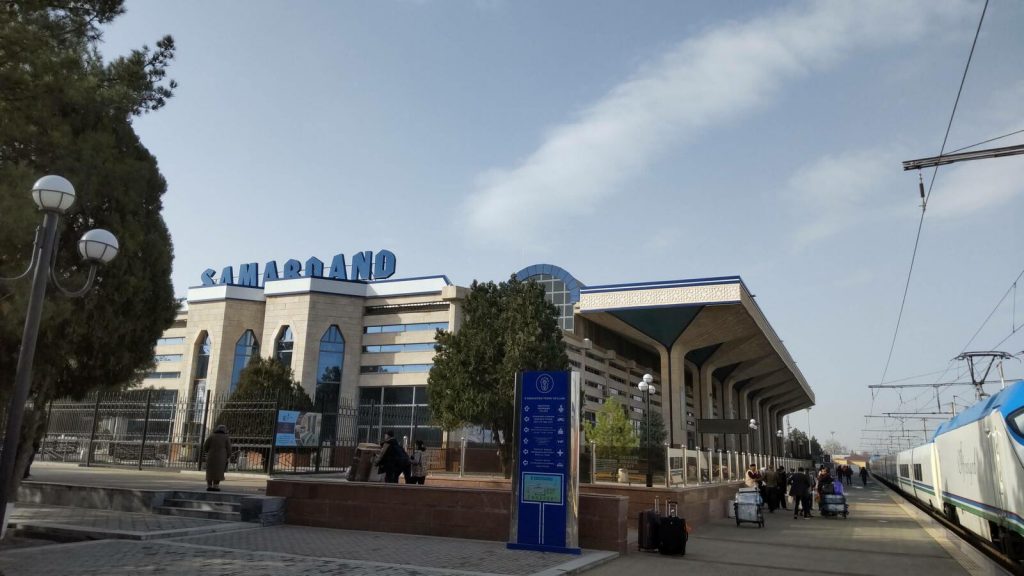
Samarkand is quite a bit smaller than Tashkent, and it was amazing. The first day we went to the center of the old city at Registan Square. Surrounding the plaza are three monumental tile covered structures that were madrasahs or centers for Islamic study and scholarship. The first was built by Ulugbek Mirza in 1417 and the others were built some two centuries later.
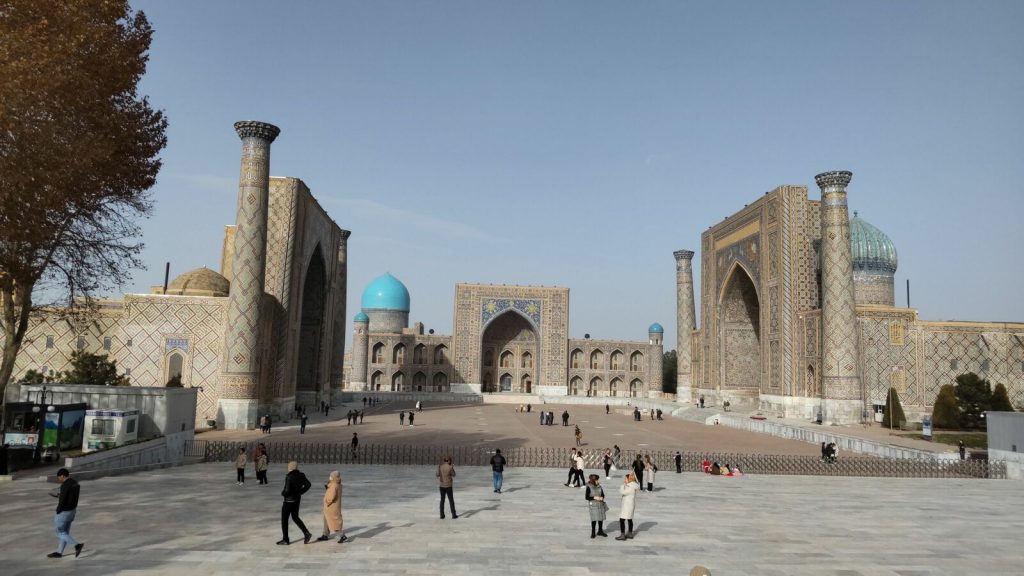
As son of the Emperor, Ulugbek spared no expense in the construction of the first madrasah. It became a center for not only Islamic studies, but also mathematics and astronomy. Ulugbek was also an observational astronomer and built an observatory nearby as well.
